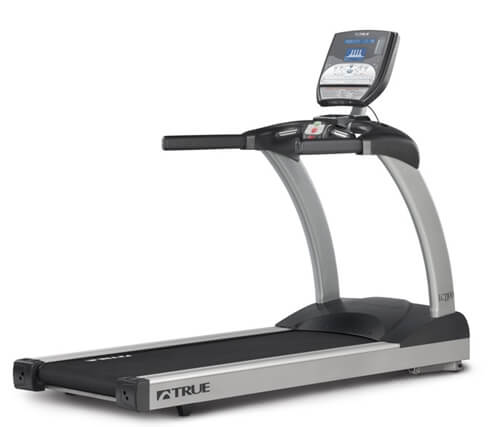
Pedometer accuracy may depend on placement
When taking part in a running or walking program on commercial fitness equipment, you may use a pedometer as another method of tracking your success. It could also be used as a means of measuring how close you are to achieving your fitness goals, whether they entail improved endurance, speed, weight loss or a combination of all three. According to Reuters, a Japanese industrial standard found that walking 10,000 steps a day is good for your health, which has inspired many people to move more and increased the popularity of pedometers. However, a study recently published in the Journal of Exercise Science and Fitness found that pedometer placement can affect the accuracy of the device, especially if it’s put in a pocket or purse and you’re moving at a slower or faster pace. Determining pedometer accuracy at various placements Forty participants, 20 men and 20 women between the ages of 18 and 61, wore pedometers during a series of running and walking tests. The researchers chose five pedometers: Omron HJ-32, Virgin HealthMiles GoZone, Fitbit Ultra Activity Plus Sleep Tracker, Omron HJ-324U and Lifesource XI-25ant Ehealth Wireless Activity Monitor. The volunteers wore the pedometers in three locations: front pants pocket, on a lanyard at their chest and at their waist. Four of the devices were also worn on the upper arm, and the two Omron pedometers were placed in handbags. During each test the pedometer was randomly put in one of these locations, and the participants walked or jogged on commercial treadmills at 2, 3, 4, 5 and 6 miles per hour for six minutes. During this time, a researcher counted the number of steps taken. The tests were also performed on a paved track outside. The pedometers have an established criterion of accuracy, and all five were within 5 percent accuracy when worn on the waist, chest and arm. However, it dropped to 7.3 percent when put in a purse and 7.7 percent when placed in a pocket. Additionally, the pedometers were again within 5 percent at a moderate speed, but in general, accuracy dropped to 7.8 percent when people walked slower and 6.2 percent at the highest speeds. The results also showed that the pedometers underestimated the number of steps taken, which could be because of programming that compensates for body movements that could be perceived as a step. If you choose to wear a pedometer as part of your overall fitness plan, it can be a helpful tool when used in conjunction with others you’re using to achieve your goals.
